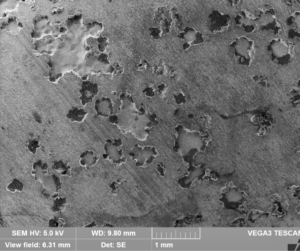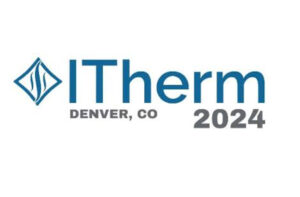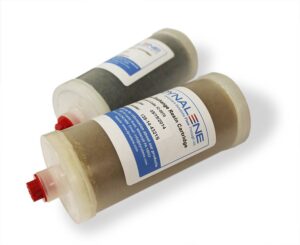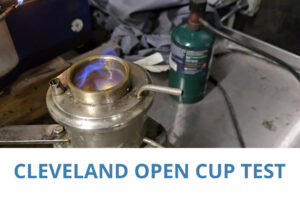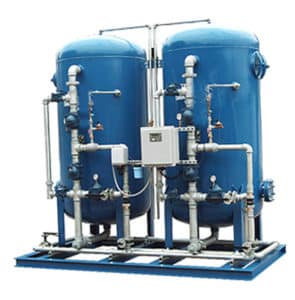Dynalene
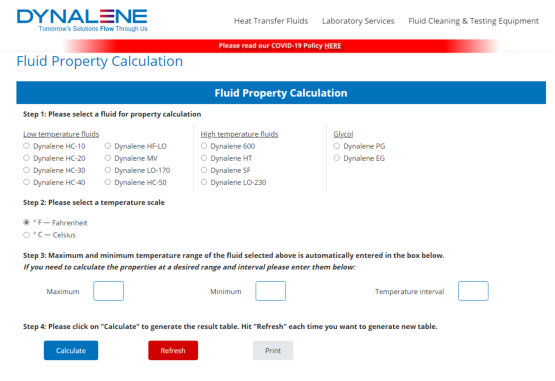
Are you designing a heat transfer system? Looking for Dynalene fluid properties at different temperatures?
We have a page right on our website that allows you to quickly view data on our most popular fluids.
Data is available for both high-temperature and low-temperature brines and hydrocarbons. For glycol products, such as our Dynalene EG and PG, thermophysical properties vary with percentage as well as temperature, so our calculator allows you to choose your desired glycol weight percent.

Are you designing a heat transfer system? Looking for Dynalene fluid properties at different temperatures?
We have a page right on our website that allows you to quickly view data on our most popular fluids.
Data is available for both high-temperature and low-temperature brines and hydrocarbons. For glycol products, such as our Dynalene EG and PG, thermophysical properties vary with percentage as well as temperature, so our calculator allows you to choose your desired glycol weight percent.
Simply select a Dynalene fluid and your desired temperature scale (Fahrenheit or Celsius). The minimum and maximum temperature for the fluid will automatically be filled in, but can be changed if you’re only interested in a certain portion of the operating range. Then confirm the temperature interval that you want the table to display and press “Calculate”!Beginning with the entered minimum temperature, the website will calculate density, viscosity, thermal conductivity, and specific heat in units relevant to your chosen temperature scale. The site also displays the freezing, boiling, and flash points of the fluid.
These calculations are based on the same values listed in our technical data sheets. The Fluid Property Calculation page allows you to quickly and easily view the properties of different fluids without having to click from page to page or download multiple documents. We hope that it will be a useful tool in your search for the right fluid for you.
Text content
- Engineering ToolBox, (2003). Working Pressure Copper Tubes Type K, L and M. [online] Available at: https://www.engineeringtoolbox.com/copper-tubes-dimensions-pressure-d_84.html [Accessed Day Mo. Year]


